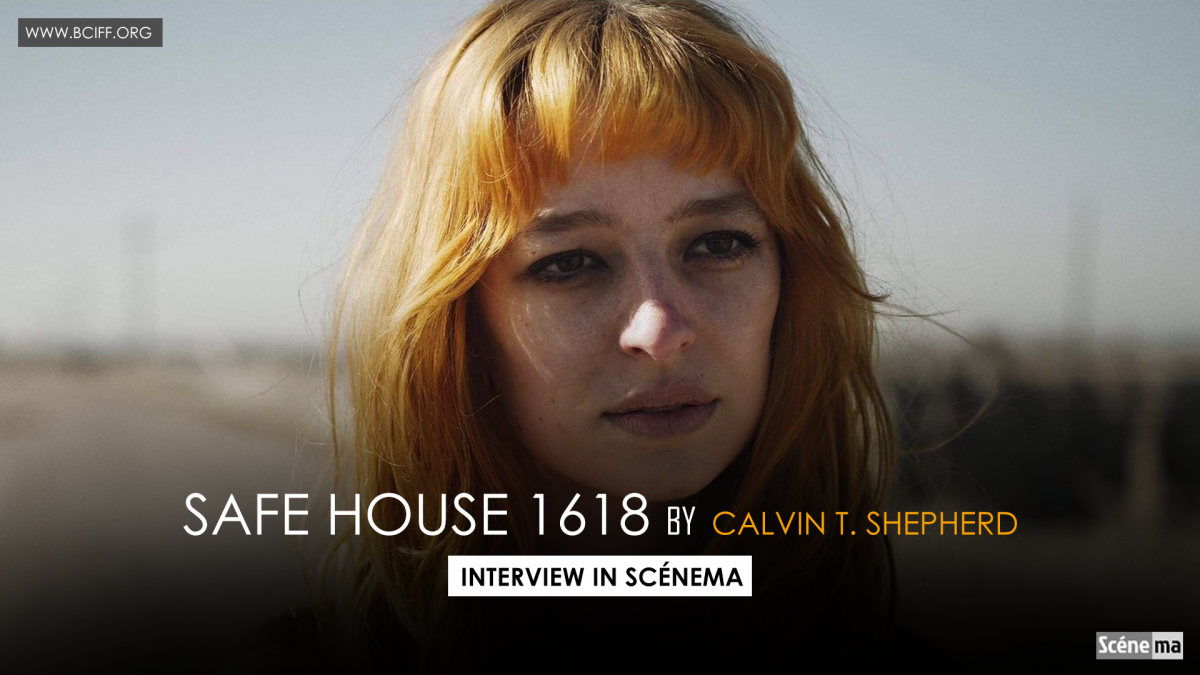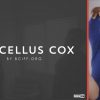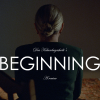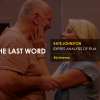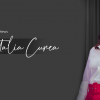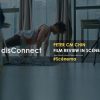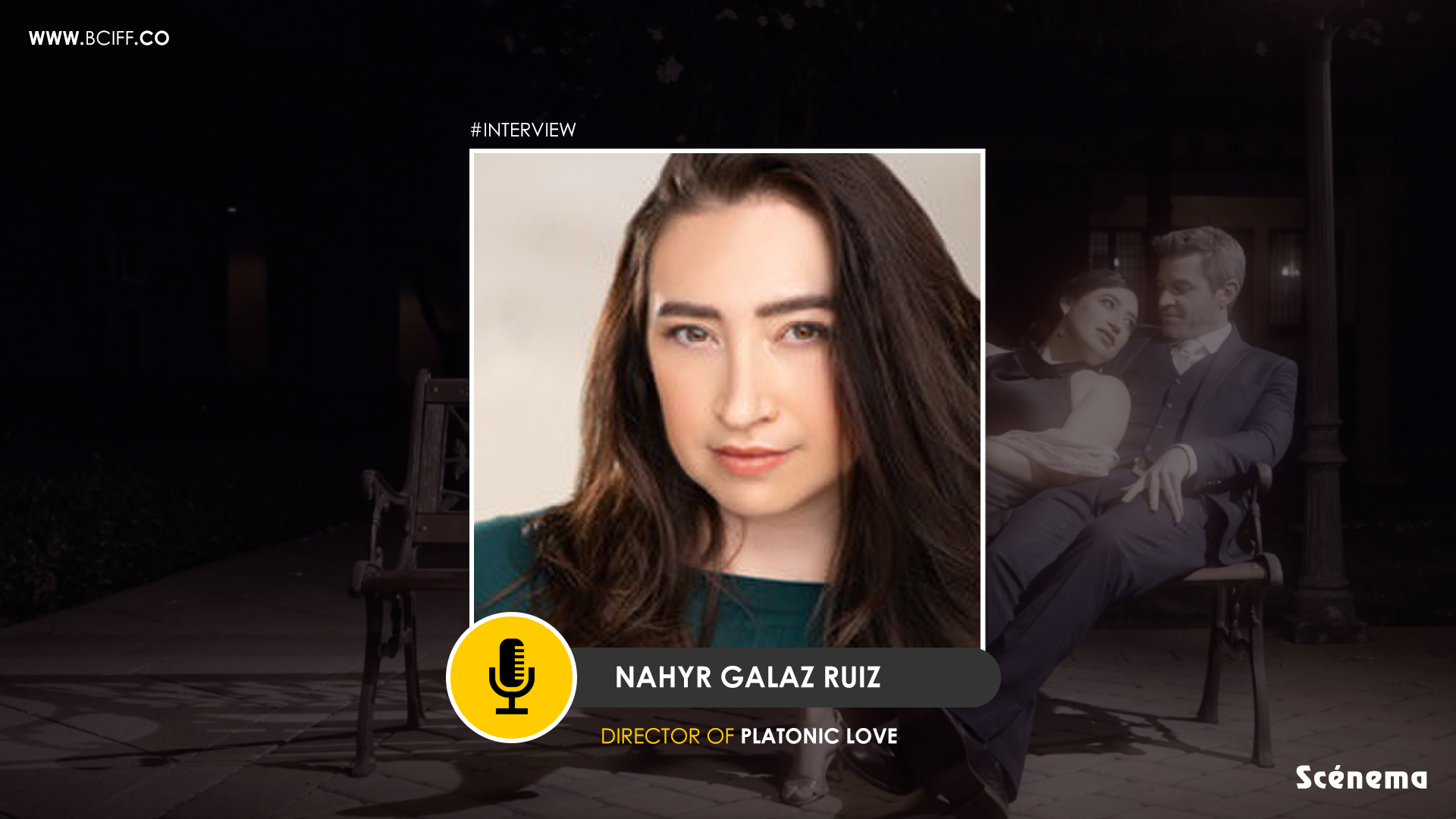Movie: Safe House 1618
Director: Calvin T. Shepherd
Sir, first of all tell us about your relationship with the movie, your love for it and how excited are you about it?
Safe House 1618 was a true labor of love and obsession. I’m very excited about the success it has had considering how difficult it was to pull together. It’s almost been a year since we started filming this project and it’s felt like my whole life has been centered around it since we started. It’s created a film family for me and of course, there are major regrets with the film… but that doesn’t interrupt the intense love for the film and creation of it.
Your movie has all the tropes of a thriller besides being an intense drama. What makes it different from the other thriller movies?
I mean, I guess it would be my version of the genre. I took the thriller genre and applied to what we were all feeling at the time. It’s a story of seclusion, paranoia, and all of the pains we all went through in 2020. And it’s real. Sure, it’s definitely a fantasy world, but the pains a lot people go through with trauma is real in this story, because I’ve put myself down on the page. I think that helps.
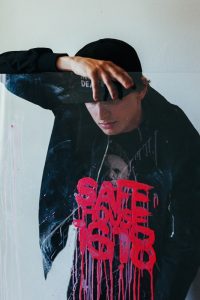
There are moments in the movie that would remind one of Panic Room by David Fincher. Do you think these movies leave a lasting impression not only on the viewers but also on filmmakers making them find inspiration in certain scenes for example?
This isn’t the first time I heard this. Another filmmaker at the Horsetooth Int. Film Festival gave me some great compliments on my first film, Forgery, saying elements of it reminded him of Fincher. I love Fincher. So I take this with much love. I think we as filmmakers wear our inspirations on our sleeves. Filmmaking is an unique art form where we are trying to evolve the form while taking from everything we learned from. Some impressions from me are very much intentional, but some, I run into later and realize I did it after I finished the movie. It’s impossible to avoid our inspirations.
What role exactly did the pandemic play in the making of the movie? Can you tell us about the difficulties you faced while making the film?
The Pandemic had everything to do with this film’s existence. If it hadn’t happened, we’d be talking about another film about something else completely. I got laid off working on a different film before I was able to come up with this idea. We had to wear masks the entire time and if pictures came out without us wearing masks, people noticed and I had to make sure we were following the rules of the world. I had work a day job while making this film.
Do you believe in strictly following a three act structure while writing the screenplay for a movie? Are there alternatives and what would their chances of success be?
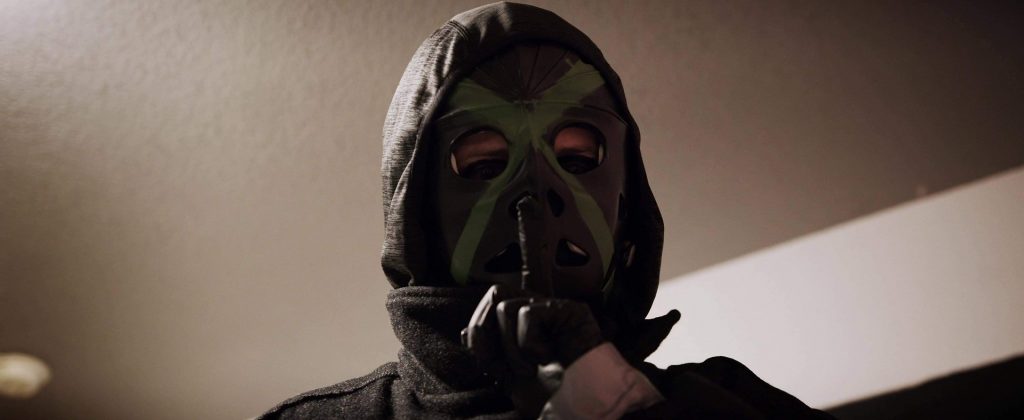
Absolutely not. I didn’t follow 3 acts here. It’s important to find the right structure for your movie. If that’s 3, that’s 3. If you have to get creative with it, get creative with it. And that’s what it takes. Getting creative. Of course there are 5 act structures but there are others. Just get creative.
Sir tell us about the casting. Were there specific requirements for specific characters according to the characters constructed for your movie?
This film was made under special circumstances due to the pandemic. A casting call was not really possible. Luckily for me, I had met a lot of fantastic actors who portrayed the characters in this film. Obviously, the women characters had to make sense as sisters. That’s more than just looks, it’s personality. Matison, Jasmine, and Brittney are basically three sisters in real life now. The actor just has to be able to believably become that character. Of course there are specific requirements to make that possible.
We would also like to know if technical things like aspect ratio play a crucial role in amplifying the depth of a narrative.
Oh man, I’m so glad you asked that. I’m a big fan of playing with the form. When I come up with an idea, I spend a crazy amount of time thinking about ways we can do things differently. When I brought the aspect ratio idea up to my cinematographer, Eli Solt, I so expected him to be like, absolutely not. But he didn’t. Instead he fully embraced it. We shot the whole movie planning for those aspect ratio changes. I can’t wait to make more films just to play with the form and do things that have never been seen before.
How important was it for you to sustain the evident tension on the screen? How vital was it for you to ensure that the authenticity is retained , that the fear, the tension is genuine?
It’s the whole reason to create the film. If there’s no tension in this story, there’s no story at all. It has to feel real to the viewer so it has to feel real to me when I write it. I try to scare myself when I am writing. Then the actor has to feel it too. I had our killer, No. 1, often just standing in the dark around the safe house while people were filming. Cast and crew alike would walk into a room and without him even moving, be terrified by this killer just standing in the room. So it’s super crucial.
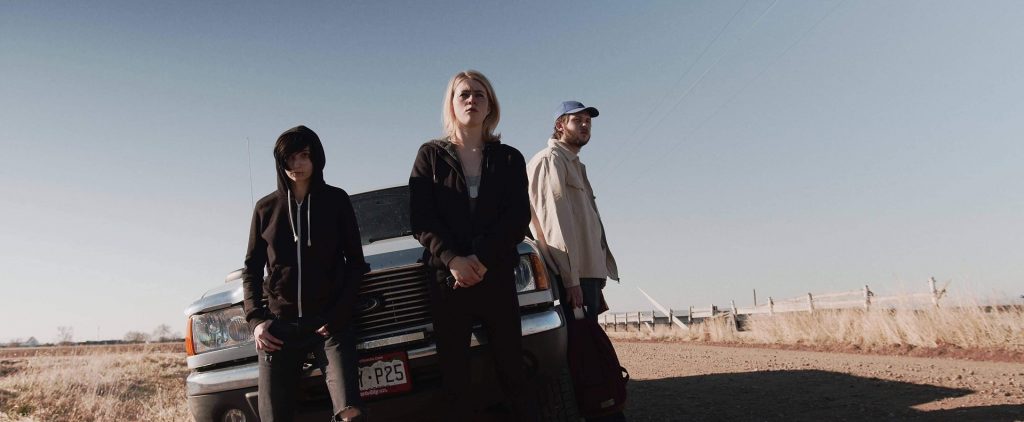
The change from individual to collective, the transition involved with the feeling of claustrophobia from one person to another was impeccable. How vital was it for you to ensure that the trajectory of setting the general mood of isolation, fear and anxiety is smooth and without circumstantial hassles?
Everything is in service of the rhythm of the story. Every transition into the next location and between characters must make sense and move rhythmically. I spend a lot of time with that in mind. From the script and then it the edit, Eli and Garrett really help find a new rhythm within the edit.
Finally, tell us why would this movie always be very special for you.
It was a film made with people I love. It is only the beginning.

